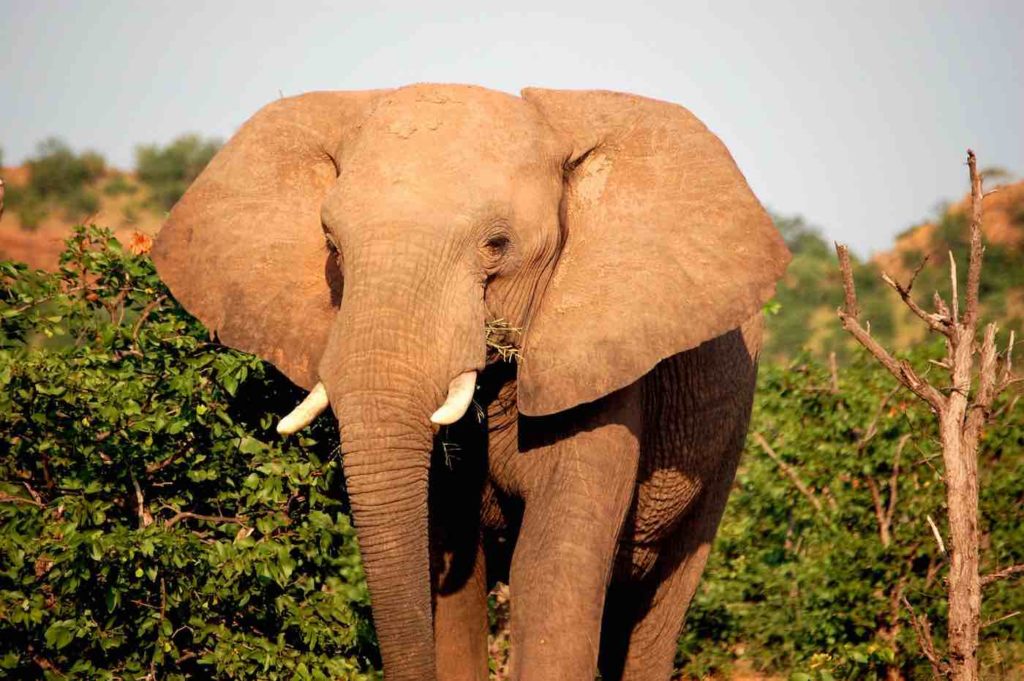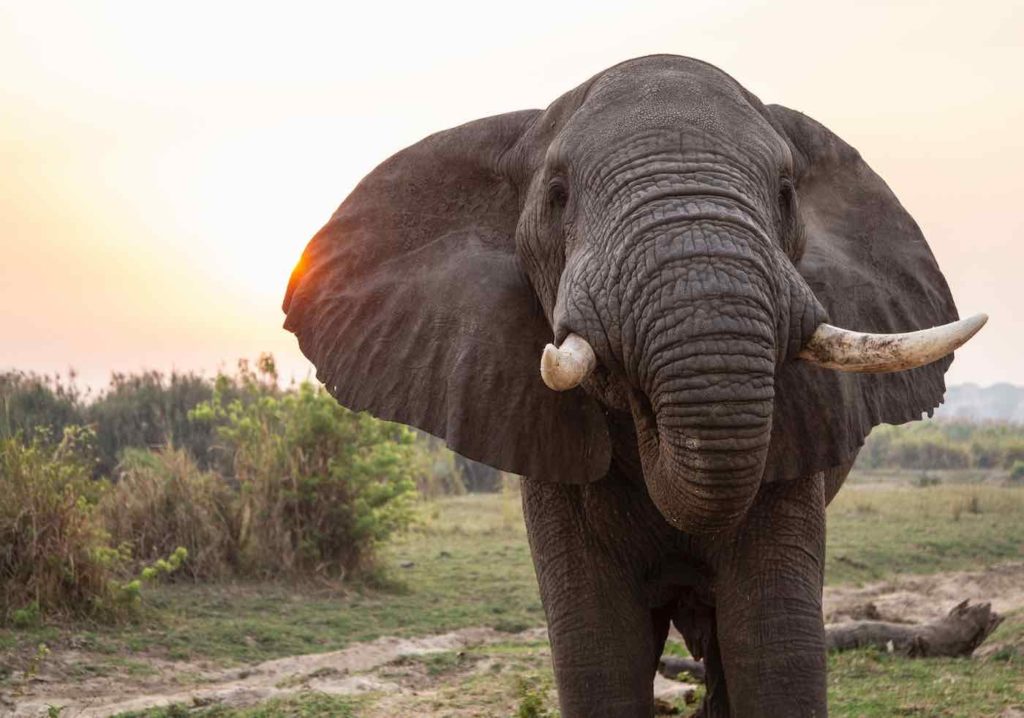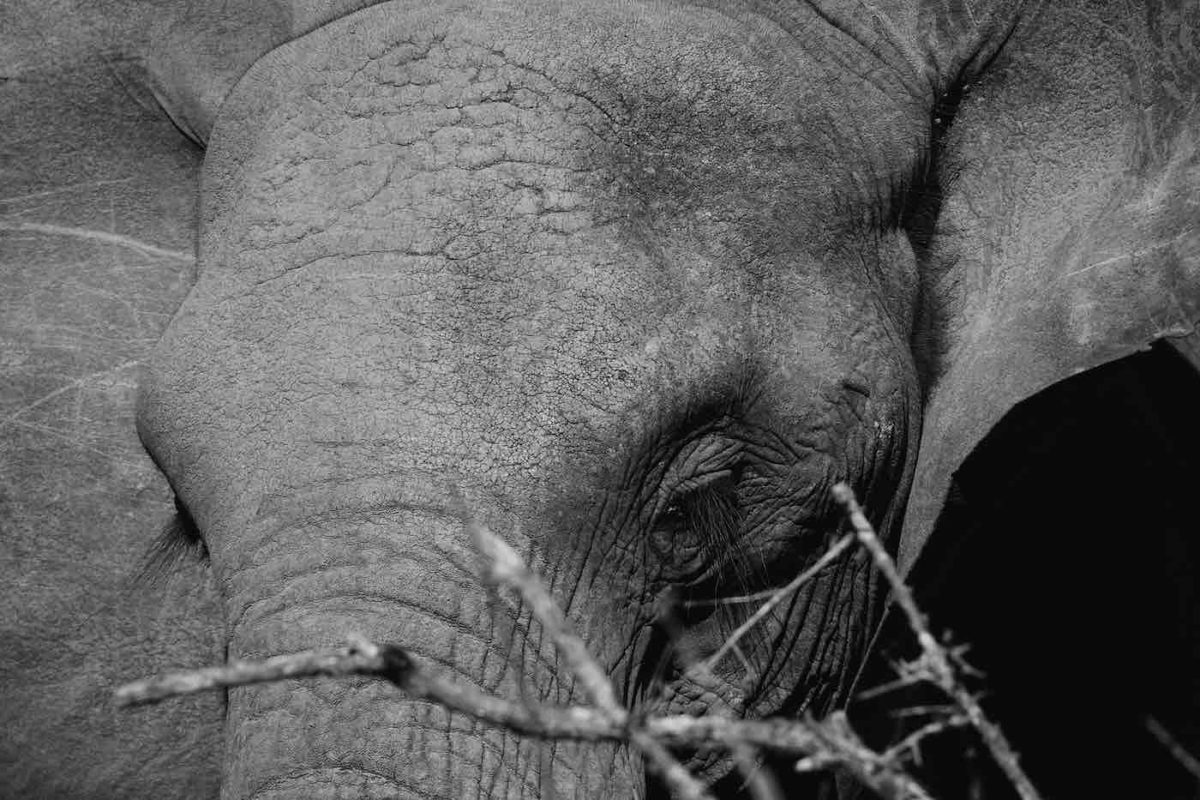When you think of an elephant, the first thing that probably comes to mind is that they are big animals, either Asian elephants or African elephants.
Though you might not know it by looking at them, elephants are also smart and expressive animals. In fact, they have their own unique set of mannerisms that we humans often find quite endearing!
If you take a look closely, elephants flap their large ears from time to time. But why do elephants flap their ears? Do they flap their ears because they’re trying to keep cool?
Or is there perhaps some other explanation behind why they do this so frequently?
Let’s take a look at some interesting things about why elephants flap their ears!
What Is Ear Flapping?
When you flap your ears, you make a very quick and forceful swinging motion with your ears. Since the ears are made of cartilage, they don’t have any muscles attached to them.
They’re completely controlled by the bones in your head. Since the bones are attached to your skull, they can’t move independently of each other.
Why Do Elephants Flap Their Ears?
Let’s take a look at some of the main reasons Elephants flap their ears.
Communication Amongst The Others
Elephants are very social creatures. They’re known to have great bonds with one another and form what we call herds. When a baby elephant is being weaned, it will often be placed with other young elephants and they’ll form a herd.
The herd will then go out into the wild and travel together until they reach sexual maturity and are able to fend for themselves, at which point they go their separate ways.
When you see a group of other elephants, they’re all part of the same herd. They communicate with each other regularly.
You’ll often see them flapping their ears in unison, touching their tusks, or making other unusual sounds to communicate with one another.
To Cool Off
When in hot climates, one of the best ways for them to cool off is to flap their ears. When they flap their ears, it helps to circulate a cooler temperature of blood beneath the skin, improve blood flow and transfer it to the environment.
The elephant ears are made up of blood vessels that are quite close to the skin and this means that they can absorb more heat from the rest of the body, and transfer it to the environment.
When elephants flap their ears, they’re actually using them as a cooling mechanism. As we all know, elephants are very large animals and they also happen to be very hairy. In fact, they’re one of the hairiest of all mammals.
When you look at a map and see that it’s dotted with deserts, you’ll see that elephants can be found in many of the areas that are most prone to heat and drought. Since they have a thick layer of skin and a thick coat of fur, it can be very easy for them to overheat in these areas.
When they flap their ears, they run the risk of overheating, so this is a protective mechanism that elephants use to control their body temperature.

Help Them Hear The Environment Around Them
At the time these animals started to live, there were no electronic devices, no advanced medical equipment, and there was no someone that will take care of them. Because of this, many of these creatures had to rely on their own instincts and senses to protect themselves.
When the ears are flapping, they can help to amplify the sound of the environment around the elephants and help them to stay aware of their surroundings.
The elephant body language is very important in an environment where predators lurk; it helps to keep the herd safe and sound.
To Show What They Feel
You probably already know that elephants are very emotional creatures that are capable of showing a wide range of feelings and expressions, but did you know that their ears express them as well?
When an elephant is angry or very upset, you’re likely to see them flapping its ears. When they want to show other herd members that they’re happy, they’ll flap their ears and make loud noises, or even do both at the same time.
To Show Their Age And Rank In The Herd
The ears of elephants are very unique. They’re the main way that we can tell the age of each member of the herd. When a baby elephant is born, they have small ear flaps that are only a few inches long.
As they get older, they sprout larger and larger ear flaps each year until they reach their full size.
When you see an elephant that has large ear flaps, they’re likely a very mature and perhaps even elderly member of the herd.
They May Be Expressing Discontent
When you see an elephant that has very small ears flaps, it’s likely that they’re not very happy about something. It’s a similar behavior as swaying for elephants. If you see one that is flapping its ears with small flaps, be very careful and try to avoid it as best you can.
An elephant that is unhappy with you or your actions may very well lash out. This can cause serious injuries or even kill you.

How Often do Elephants Flap Their Ears?
The frequency at which an elephant will flap its big ears depends greatly on the climate they’re in and what time of year it is. When it’s very hot out, you’ll most likely see it a lot. When it’s cooler, you’ll see it less often. This is because it’s easier for the body to cool itself off when it’s not as hot out.
When it’s very cold outside, you’ll see elephants flapping their ears less frequently because they’re trying to keep warm and don’t want to lose excess body heat that could otherwise be used to keep them warm.
Final Thoughts
When you see an elephant flap its ears, it probably has one of the reasons listed above.
However, you should keep in mind that an elephant is highly intelligent creature with a functional brain.
Their emotions are incredibly complex, so you can never really be sure why they’re doing something.
Frequently Asked Question on Why Elephants Flap Their Ears
There are a couple of main reasons as to why Elephants would flap their ears. The most common reasons are believed to be; to communicate with the rest of the herd, to cool off, and to show what they feel.
How often an Elephant flap its ears is highly dependent on the climate and season.When it’s very hot, you’ll most likely see it a lot. When it’s cooler, you’ll see it less often. This is because it’s easier for the body to cool itself off when it’s not as hot out meaning there’s no need for the elephant to flap its ears.
When you flap your ears, you make a very quick and forceful swinging motion with your ears. Since the ears are made of cartilage, they don’t have any muscles attached to them.
